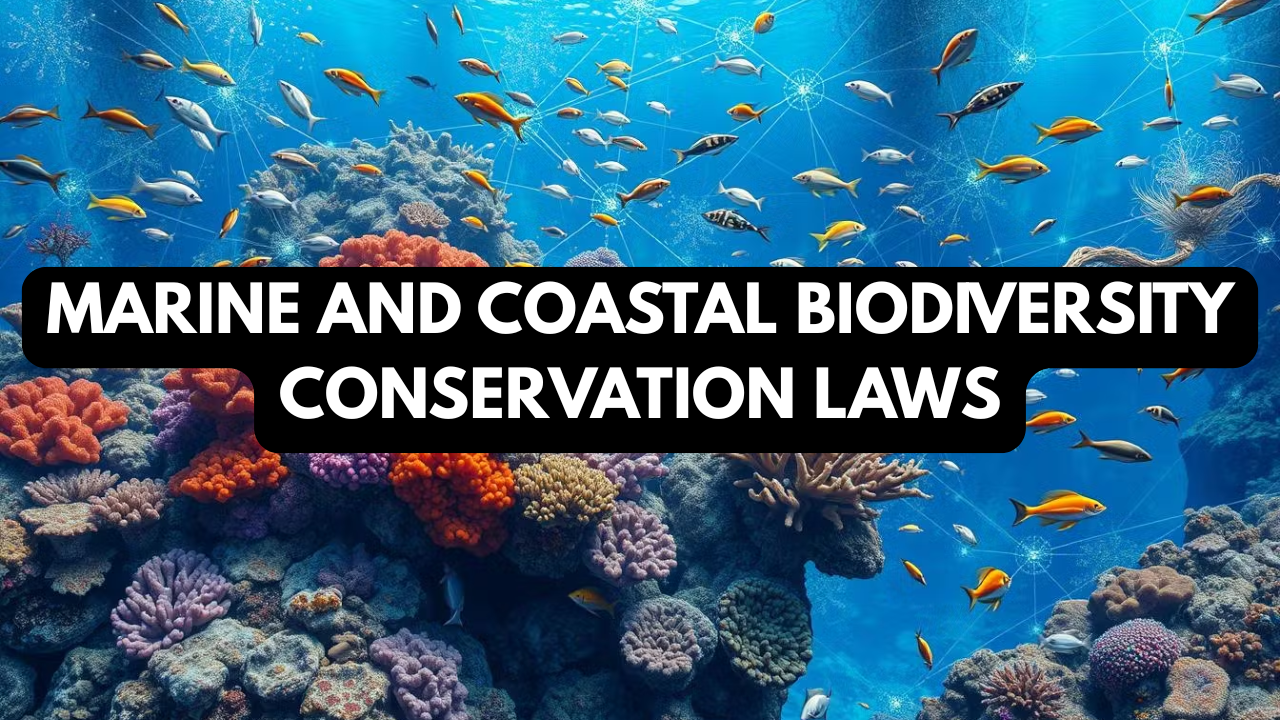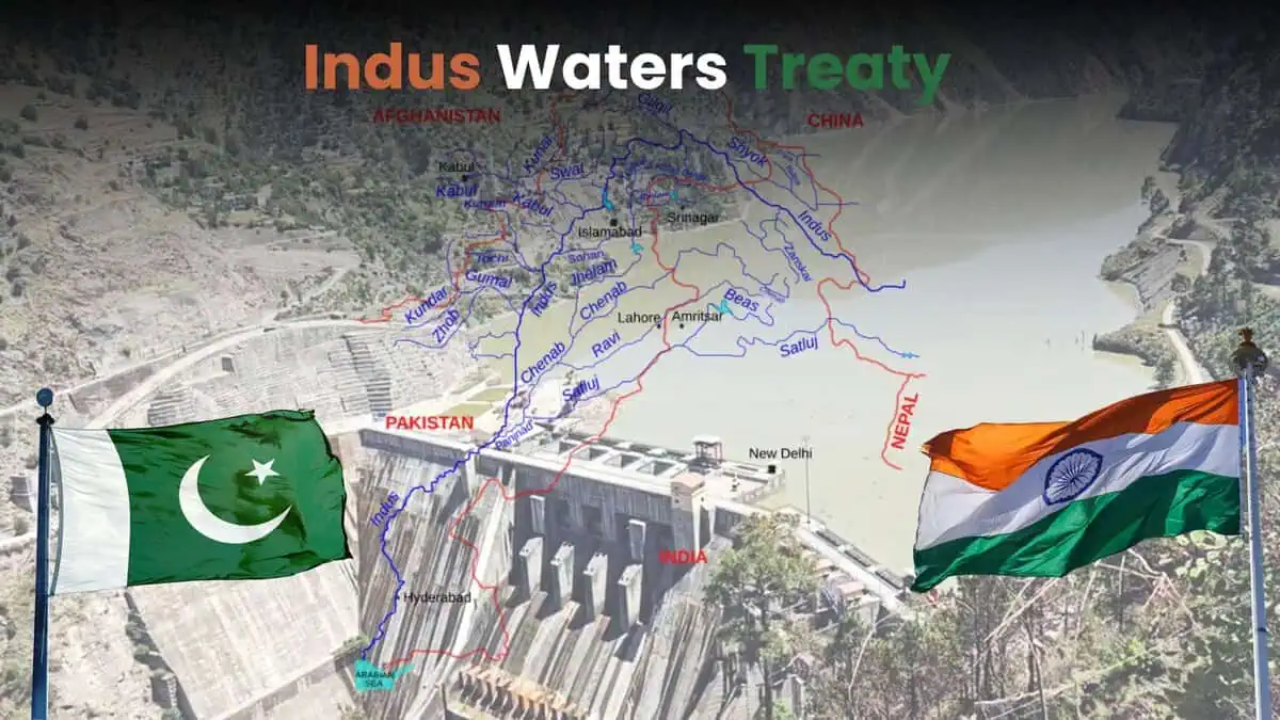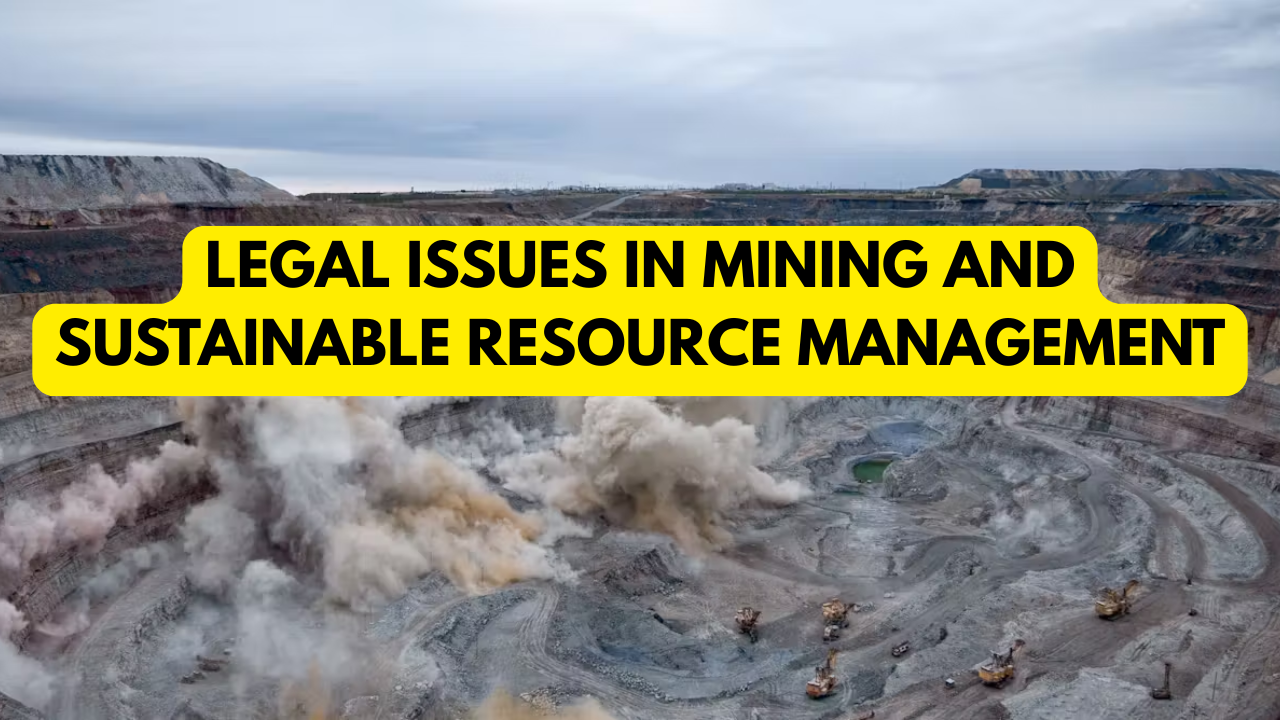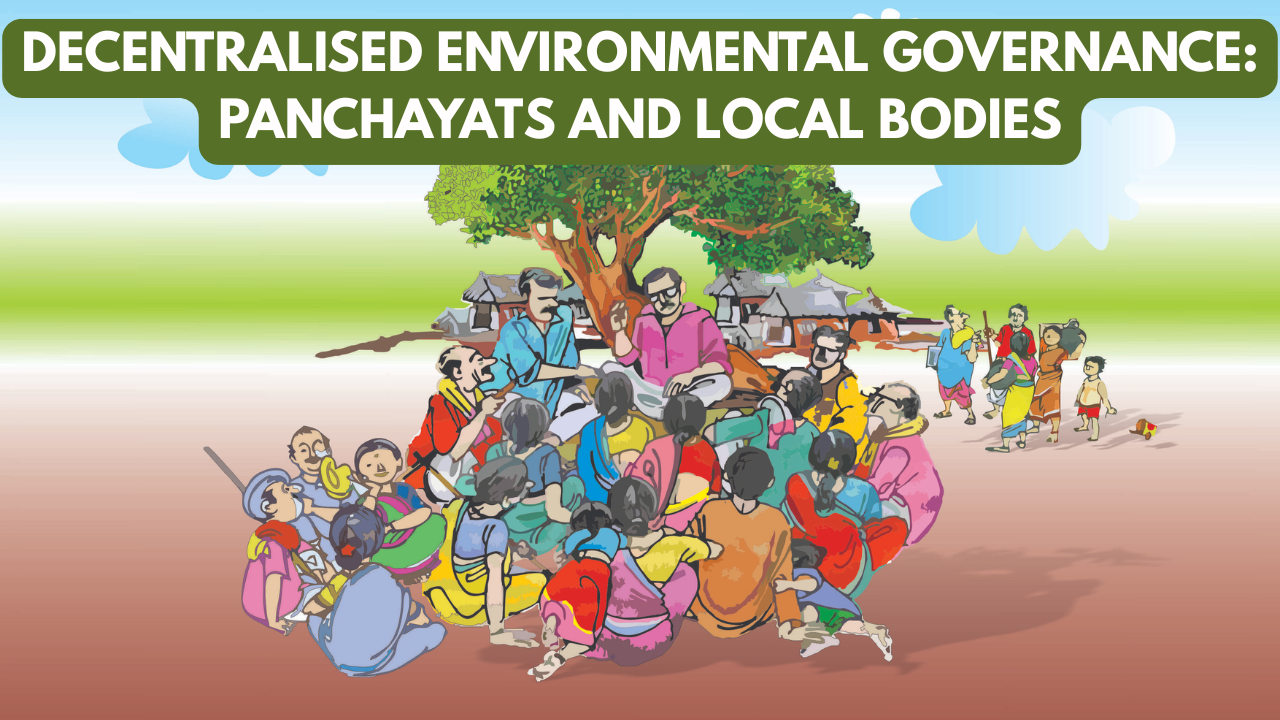Marine and Coastal Biodiversity Conservation Laws
India is blessed with a coastline stretching over 7,500 kilometers, housing diverse ecosystems such as mangroves, coral reefs, lagoons, estuaries, and seagrass beds. These habitats support countless marine species and sustain the livelihoods of millions of coastal communities. However, rapid urbanization, industrialization, overfishing, and climate change have placed immense stress on marine and coastal biodiversity. … Read more










